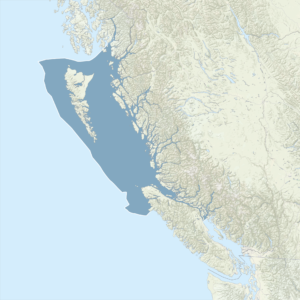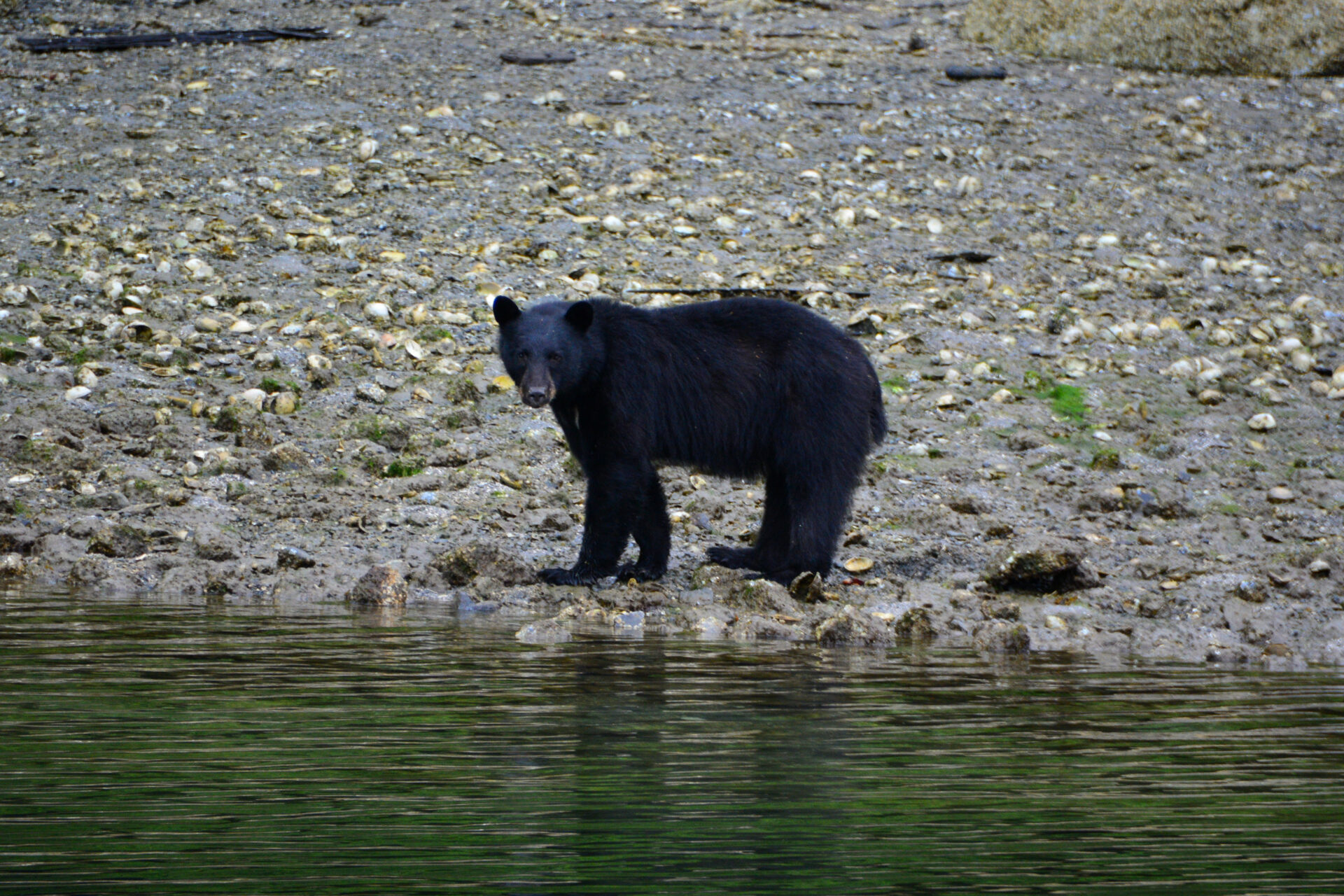A West Coast Shield
This summer saw the beginning of two new coastline and Sealife protection projects along BC’s West Coast: the Gilford Island coastline stabilization and the designation of 1,450 hectares of the Great Bear Sea as a wildlife management area.
The Great Bear Sea is a rich and diverse ecosystem that spans from northern Vancouver Island, all around Haida Gawaii, up to Alaska. The new WMA, announced on July 16 by the Gitga’at First Nation, Gitxaała Nation and Province of British Columbia, is meant to protect crucial habitats for humpback whales, wild salmon, migratory seabirds and shorebirds such as the eelgrass meadows and kelp beds that support them, and includes the Kishkosh and Kitkiata inlets, southeast of Prince Rupert.
“We’re conserving these important areas that support biodiversity, community well-being and economic prosperity for coastal communities,” said Randene Neill, Minister of Water, Land and Resource Stewardship. “In doing so, we continue our partnership with nature.”
Just two days later on July 18, the Government of Canada announced its commitment to spend $3.2 million to protect Gwa’yas’dums Village on Gilford Island from further coastal flooding caused by erosion, rising sea-levels and storm surges due to climate change.
The project includes the construction of a new bio-engineered slope reinforced with riprap. There are a number of methods for slope stabilization and most are paired with planting indigenous vegetation to reinforce the shoreline where a lack of roots and shore-plants have made the ground loose and susceptible to erosion. The riprap is a rock wall placed around the shore to armour it against harsh weather.
“This project is a tangible result of what can be accomplished when we walk together, side-by-side, in a spirit of respect and collaboration,” said Hereditary Chief Rick Johnson of the Ḵwiḵwa̱sut’inux̱w Ha̱xwa’mis First Nation. “We have been the guardians of this territory since time immemorial, and this partnership empowers us to continue that sacred responsibility.”
The projects are the result of larger pushes to bolster local communities against weather and protect BC’s most sensitive inhabitants. The WMA is supported by a 2023 recommendation from the Marine Protected Area Network Action Plan for the Great Bear Sea and progresses BC’s 2024 Coastal Marine Strategy plan. The action plan took input from representatives of commercial tourism, aquaculture, coastal forestry, local government and members of the public from 2015 to 2022.

“The Marine Protected Area Network is designed for and by the people of the coast,” said Christine Smith Martin, CEO of Coastal First Nations-Great Bear Initiative. “These marine protected areas are integral to advancing a healthy and sustainable future for the coast, including abundant fisheries and healthy marine ecosystems that support the needs of all British Columbians.”
Meanwhile the Gilford Island project is being funded by the government’s Disaster Mitigation and Adaption Fund, which has committed over $3.8 billion since 2018. The fund exists to help communities prepare for natural disasters and prevent infrastructure collapse. In Gwa’yas’dums Village, the existing shoreline protection infrastructure was built in the 1960s and an upgrade is crucial.
Stephanie McLean, Secretary of State and Member of Parliament for Esquimalt, Saanich and Sooke said, “Investing in infrastructure to protect Canadians against current and future environmental disasters is our government’s promise in action.”
The new WMA area does not fully restrict commercial and recreational activity. How those sectors will be limited depends on how the Gitga’at Nation, Gitxaała Nation and Province decide to prioritize commercial, public use and environmental protection. The Province expects more discussion with stakeholders and the public in developing the management plan.
